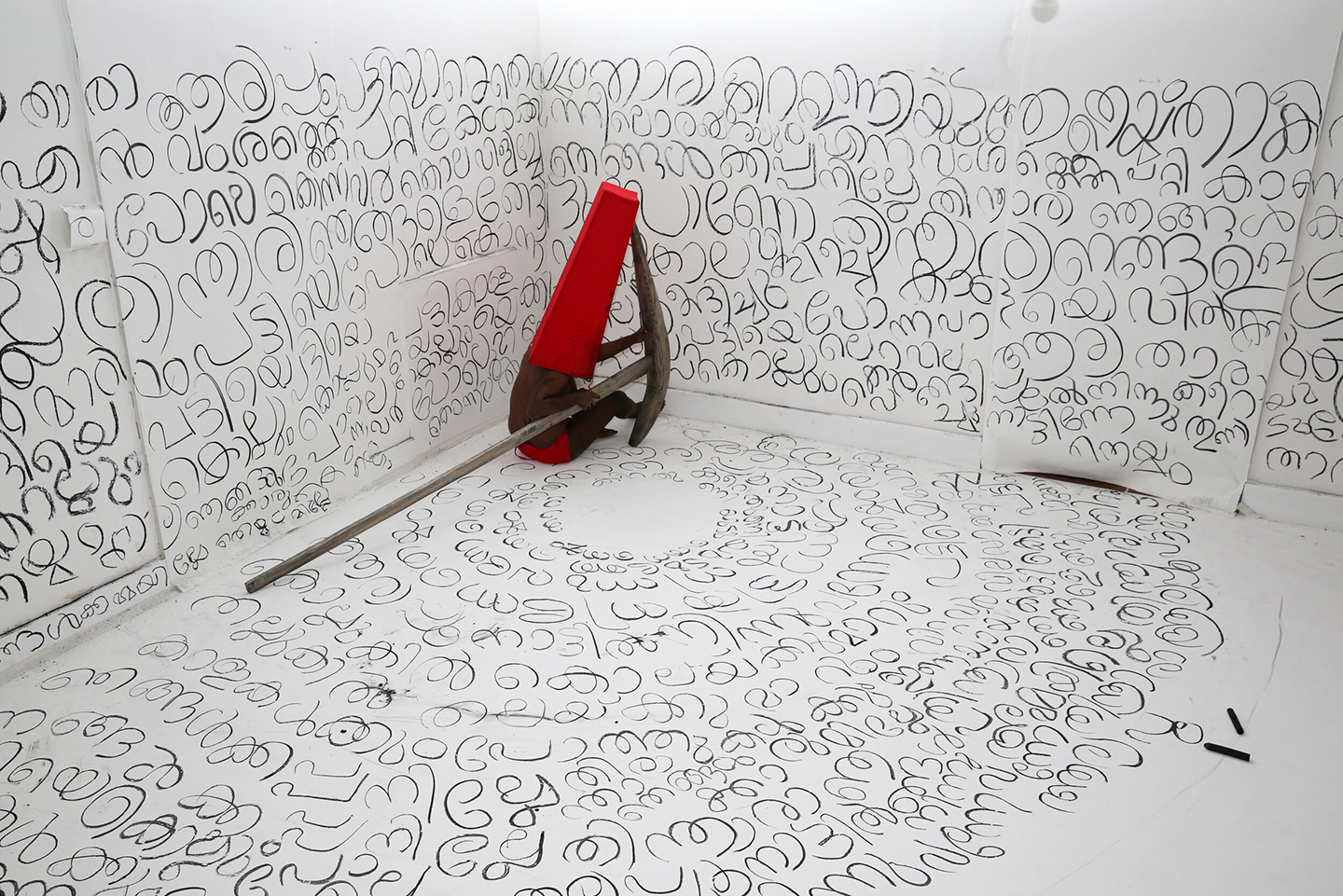This text is an edited and revised version of an oral history interview conducted by e-flux journal contributing editor Serubiri Moses on February 3, 2023.
See a biographical note on Poyikayil Appachan by Ajay S. Sekher →.
P. Sanal Mohan, Modernity of Slavery: Struggles Against Caste Inequality in Colonial Kerala (Oxford University Press, 2015).
Unknown Subjects: Songs of Poykayil Appachan, ed. V. V. Swamy and E. V. Anil, trans. Ajay S. Sekher (Institute of PRDS Studies, 2008).
Unknown Subjects.
See →.
See →.
V. Krishna Ananth, “The Dismissal of the First Elected Communist Government in Kerala: An Abuse of Article 356 of the Constitution,” The Polis Project →.
Robin Jeffrey, “Matriliny, Marxism, and the Birth of the Communist Party in Kerala, 1930–1940,” Journal of Asian Studies 38, no. 1 (November 1978).
Ananth, “Dismissal”
“What Traditional ‘Theyyam’ Ritual Means to Dalit Community in Kerala,” The Print, January 1, 2023 →.
P. Sanal Mohan, Modernity of Slavery: Struggles Against Caste Inequality in Colonial Kerala (Oxford University Press, 2015). The book examines the relationship between spiritual practice, caste slavery, and colonial modernity. For a discussion on “Brahmanical discourse mainly rooted in the idea of divinity,” see Y. S. Alone, “Caste Life Narratives, Visual Representation, and Protected Ignorance,” Biography 40, no. 1, (Winter 2007): 140–41.
